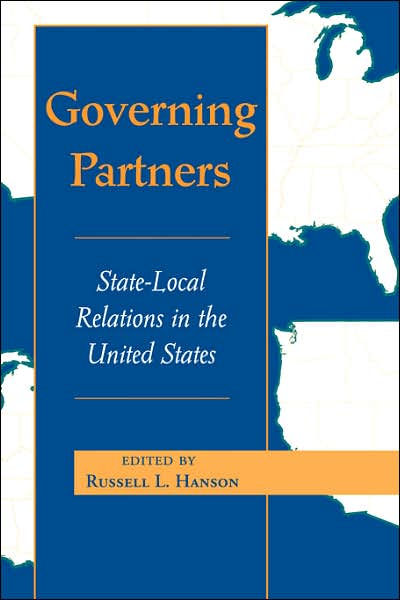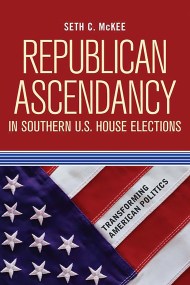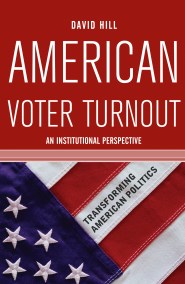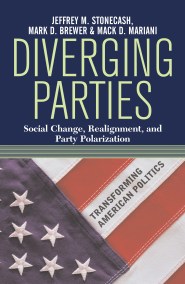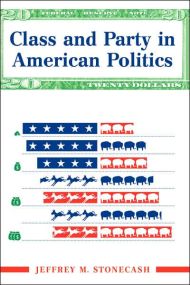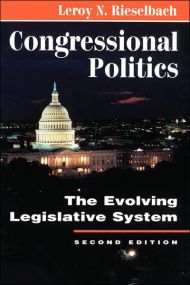Shopping Cart
Governing Partners
State-local Relations In The United States
Description
Recently, budgetary restraints and institutional gridlock have limited the role of the national government in domestic policymaking. Subnational governments have responded by assuming primary responsibility for a number of key problems, including economic development, educational improvement, environmental regulation, and health and welfare innovations. The United States has some 80,000 subnational governments from nation-sized states to mosquito abatement districts. A concise introduction to state-local relations, this volume of nine original essays includes an overview of the structure of state-local arrangements, central policy issues in state-local relations, and the likely future of state-local relations.
Newsletter Signup
By clicking ‘Sign Up,’ I acknowledge that I have read and agree to Hachette Book Group’s Privacy Policy and Terms of Use
